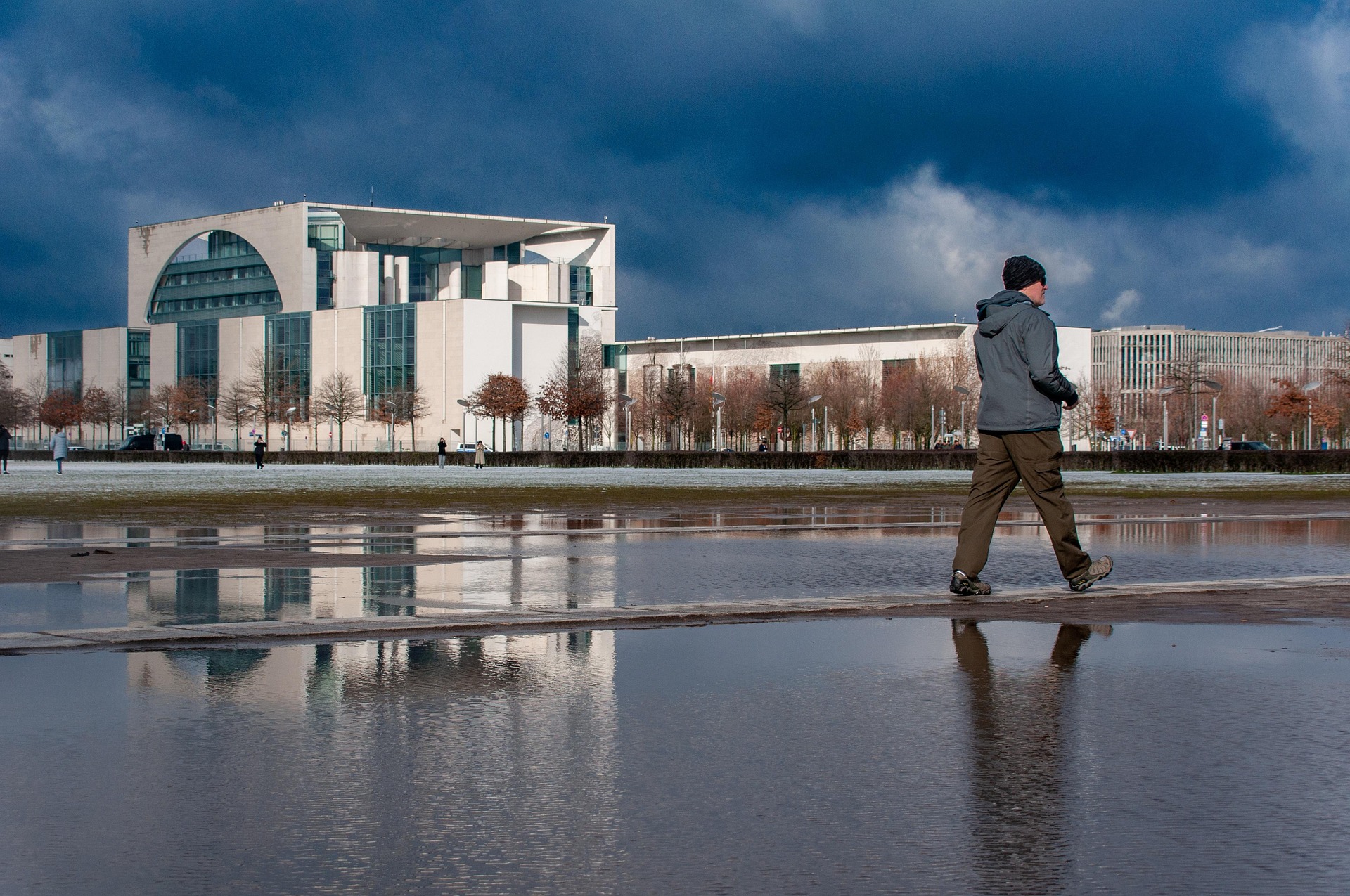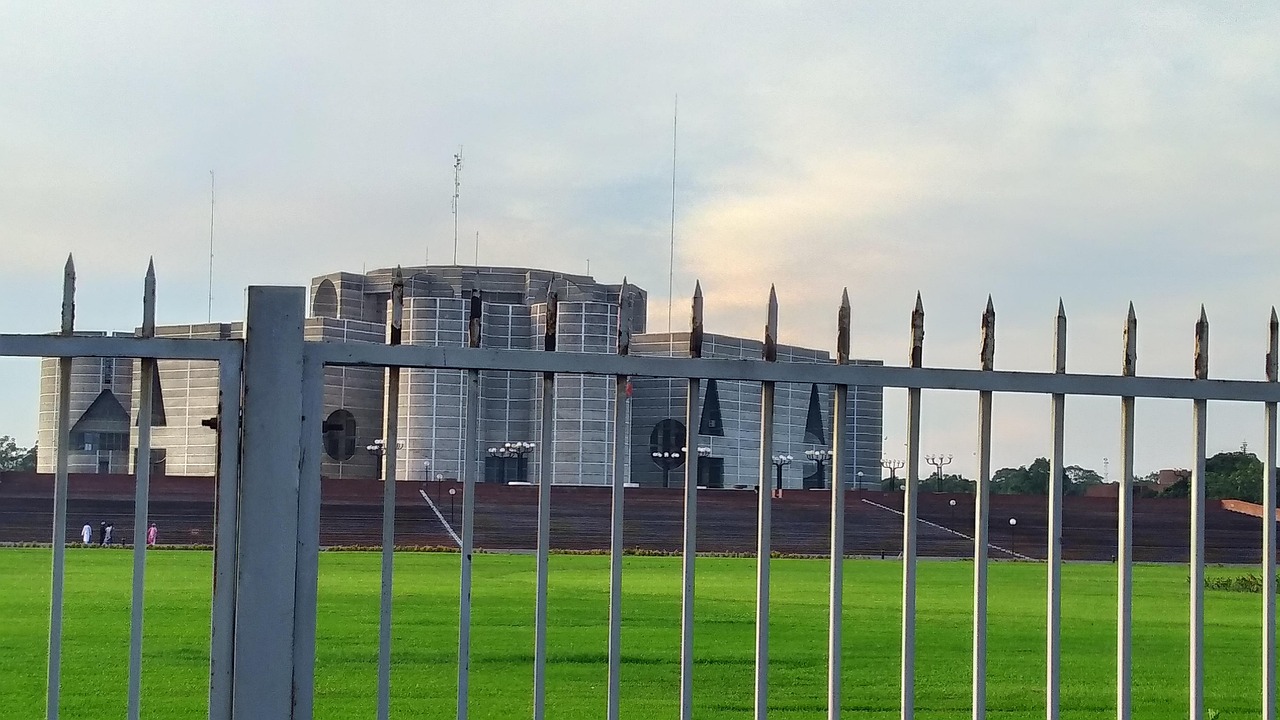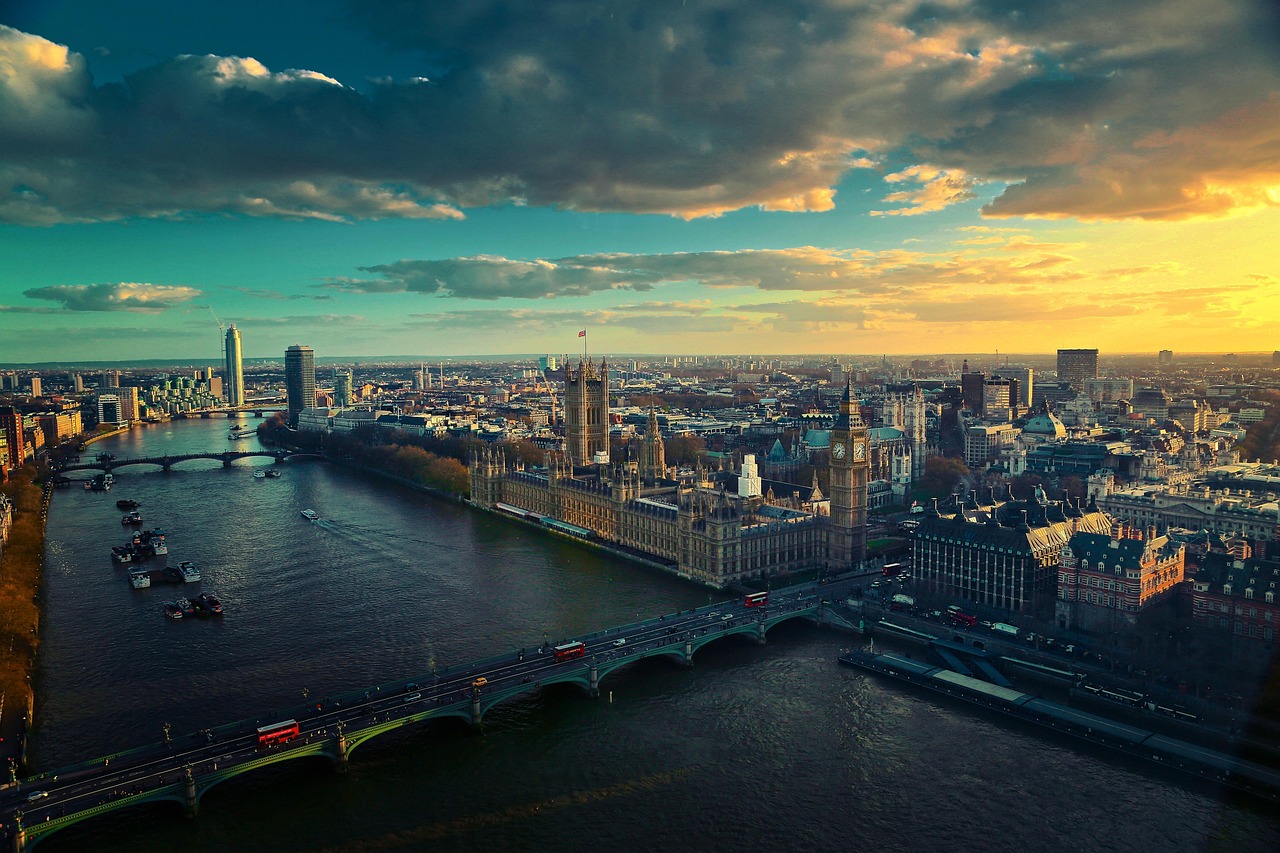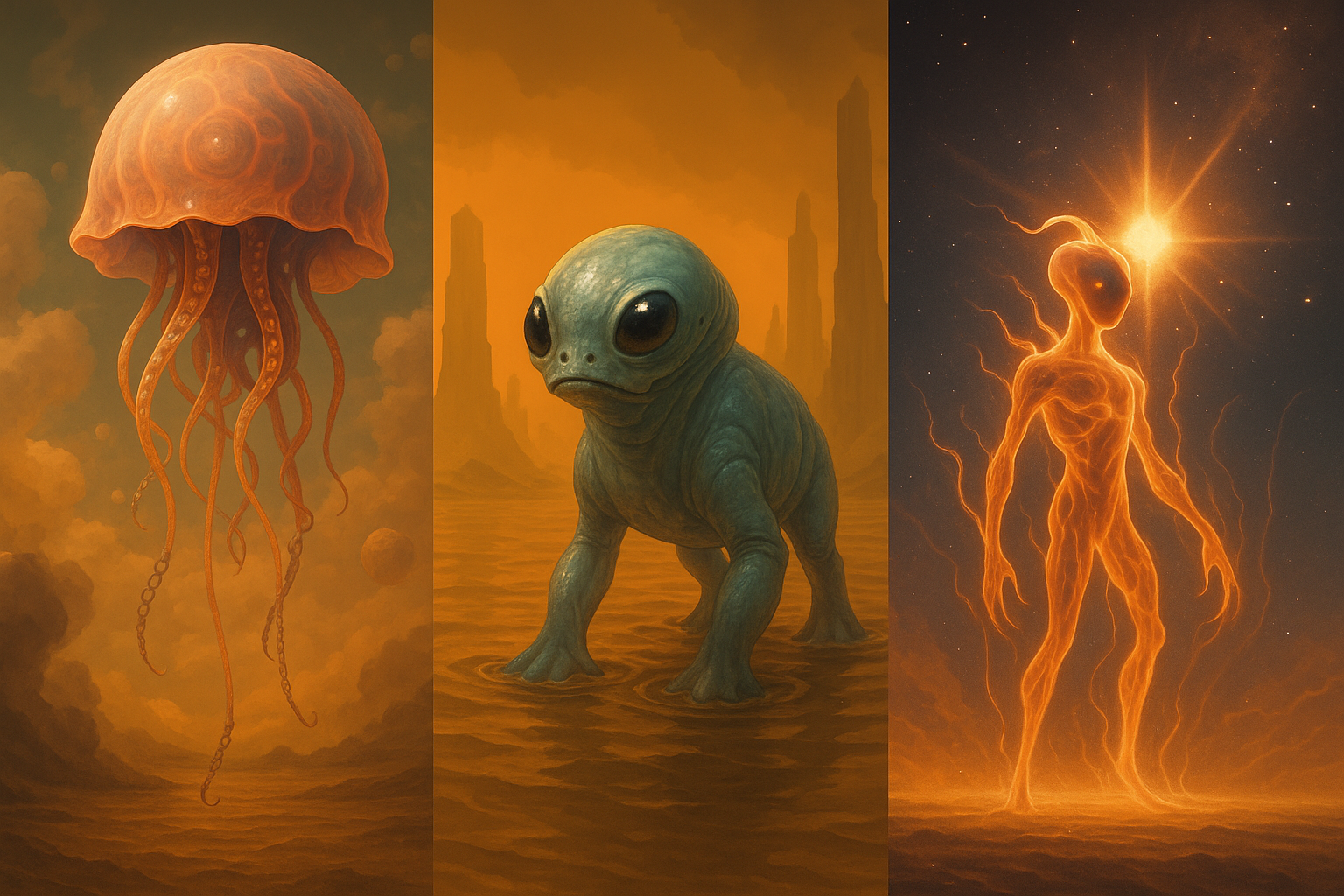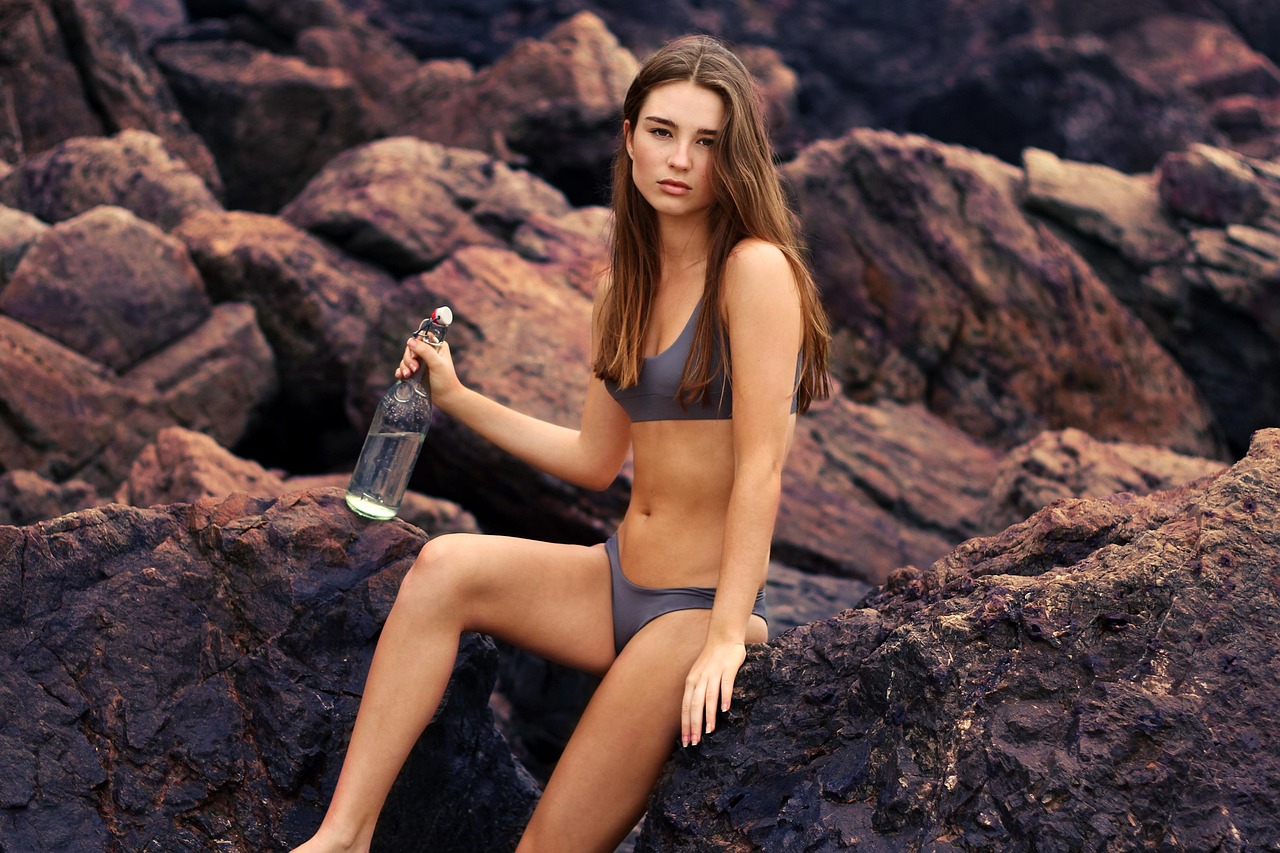Fashion in 2025 is a vibrant blend of innovation, sustainability, and cultural celebration. As the world embraces individuality and environmental consciousness, style trends are evolving to reflect these values. From eco-friendly fabrics to bold, heritage-inspired designs, this article explores the top style trends shaping 2025, offering inspiration to elevate your wardrobe with purpose and flair.
Sustainable Fashion Leads the Way
Sustainability continues to dominate the fashion industry in 2025, as consumers demand transparency and eco-conscious practices. Brands are prioritizing sustainable materials like organic cotton, recycled polyester, and biodegradable fabrics. According to the Fashion Institute of Technology, sustainable fashion sales are projected to grow by 30% in 2025, reflecting a shift toward mindful consumption.
In Bangladesh, traditional handwoven textiles like jamdani and khadi are gaining global recognition for their eco-friendly production and timeless elegance. Designers are incorporating these fabrics into modern silhouettes, creating sustainable yet stylish pieces. Brands like Stella McCartney and Patagonia are also leading the charge, offering collections made from upcycled materials and low-impact dyes.
Second-hand fashion is booming, with platforms like Depop and ThredUp making vintage and pre-loved clothing mainstream. Thrifted sarees and embroidered kurtas from Bangladesh are finding new life in global wardrobes, blending cultural heritage with sustainable style. In 2025, sustainable fashion isn’t just a trend—it’s a movement reshaping how we dress.
Cultural Heritage Meets Modern Chic
Fashion in 2025 celebrates cultural roots, with designers drawing inspiration from traditional craftsmanship. Bold patterns, intricate embroidery, and vibrant colors are taking center stage, reflecting a global appreciation for diversity. In Bangladesh, designers like Bibi Russell are reviving traditional weaves like jamdani and muslin, blending them with contemporary cuts to create runway-worthy looks.
Globally, African prints, Indian block patterns, and Latin American textiles are influencing high fashion. Runways are showcasing kaftans, kimonos, and sarees reimagined with modern flair, appealing to consumers who value authenticity. For example, a Bangladeshi salwar kameez with hand-stitched embroidery can be styled with minimalist accessories for a chic, cross-cultural look.
This trend also supports artisans, as brands partner with local communities to preserve traditional techniques. In 2025, wearing culturally inspired clothing is a statement of pride and solidarity, connecting fashion to heritage and storytelling.
Gender-Neutral Fashion Redefines Norms
Gender-neutral fashion is reshaping wardrobes in 2025, breaking down traditional boundaries. Designers are creating inclusive collections with versatile silhouettes, such as oversized blazers, tailored trousers, and flowing tunics. Brands like Telfar and COS are leading the way, offering pieces that appeal to all identities.
In Bangladesh, traditional garments like the lungi and kurta are being reimagined as gender-neutral staples, styled with modern accessories for a fresh look. This trend aligns with the growing demand for inclusivity, as consumers seek clothing that reflects their individuality rather than societal norms.
Retailers are also adapting, with stores offering gender-neutral sections and sizing charts based on fit rather than gender. In 2025, fashion is about self-expression, allowing everyone to embrace their unique style without constraints.
Tech-Infused Fashion and Wearables
Technology is revolutionizing fashion in 2025, blending style with functionality. Smart fabrics, embedded with sensors, are gaining popularity for their ability to monitor health, regulate temperature, or even change color. For example, jackets with built-in heating elements are perfect for cold climates, while UV-protective clothing appeals to sun-conscious travelers.
In Bangladesh, designers are experimenting with tech-infused textiles, such as jamdani weaves with conductive threads for wearable tech. Globally, brands like Adidas and Under Armour are integrating fitness trackers into clothing, making athleisure both stylish and practical. Accessories like smart watches and augmented reality glasses are also becoming fashion statements, with sleek designs that complement any outfit.
3D-printed fashion is another exciting development. Designers are using 3D printers to create custom accessories and avant-garde garments, reducing waste and allowing for hyper-personalized style. In 2025, tech-infused fashion is bridging the gap between innovation and aesthetics.
Bold Colors and Statement Prints
After years of minimalist neutrals, 2025 is all about bold colors and eye-catching prints. Vibrant hues like electric blue, fiery orange, and emerald green dominate runways, reflecting a desire for optimism and energy. Statement prints, such as florals, geometrics, and animal motifs, add personality to everyday wear.
In Bangladesh, vibrant sarees and salwar kameez in rich jewel tones are trending, often paired with modern accessories for a fusion look. Globally, designers like Gucci and Dries Van Noten are embracing maximalism, encouraging consumers to mix patterns and colors for a bold, eclectic style.
This trend is accessible to all budgets, as affordable brands offer colorful pieces and DIY tutorials on platforms like TikTok inspire creative styling. In 2025, fashion is about embracing joy and individuality through vibrant self-expression.
Upcycling and DIY Fashion
Upcycling is a major trend in 2025, as consumers transform old clothing into fresh designs. From patchwork denim to repurposed sarees, upcycling reduces waste while creating one-of-a-kind pieces. In Bangladesh, artisans are turning leftover fabric scraps into quilted jackets and bags, showcasing creativity and sustainability.
DIY fashion is also thriving, with online communities sharing tutorials on customizing thrifted finds. Brands are supporting this trend by offering repair kits and workshops, encouraging consumers to extend the life of their clothing. For example, Levi’s has launched programs teaching customers how to patch jeans or add embroidery, blending style with eco-consciousness.
This trend empowers consumers to take control of their wardrobes, making fashion more personal and sustainable. In 2025, upcycling is a creative outlet that aligns with the values of individuality and environmental responsibility.
Challenges in the Fashion Industry
Despite these exciting trends, the fashion industry faces challenges. Fast fashion’s environmental impact remains a concern, with brands like Shein facing criticism for overproduction and waste. Sustainable alternatives can be costly, limiting access for some consumers. In developing countries like Bangladesh, where garment production is a major industry, ensuring fair wages and safe working conditions is critical.
Consumer education is also key. Many are unaware of the environmental cost of cheap clothing or the benefits of sustainable options. Brands and influencers are working to raise awareness, promoting ethical fashion through campaigns and social media.
Looking ahead, the industry is moving toward circularity, with innovations like rental platforms and clothing recycling programs gaining traction. By 2025, fashion is poised to become more inclusive, sustainable, and innovative.
Conclusion
The style trends of 2025 are a celebration of creativity, sustainability, and cultural pride. From eco-friendly jamdani weaves to gender-neutral silhouettes and tech-infused wearables, fashion is evolving to reflect the values of a conscious, connected world. Whether you’re embracing bold colors or upcycling a vintage saree, 2025 offers endless ways to express your style with purpose. Step into the future of fashion and make a statement that’s uniquely you.

